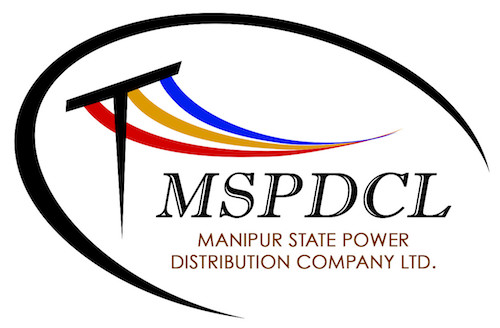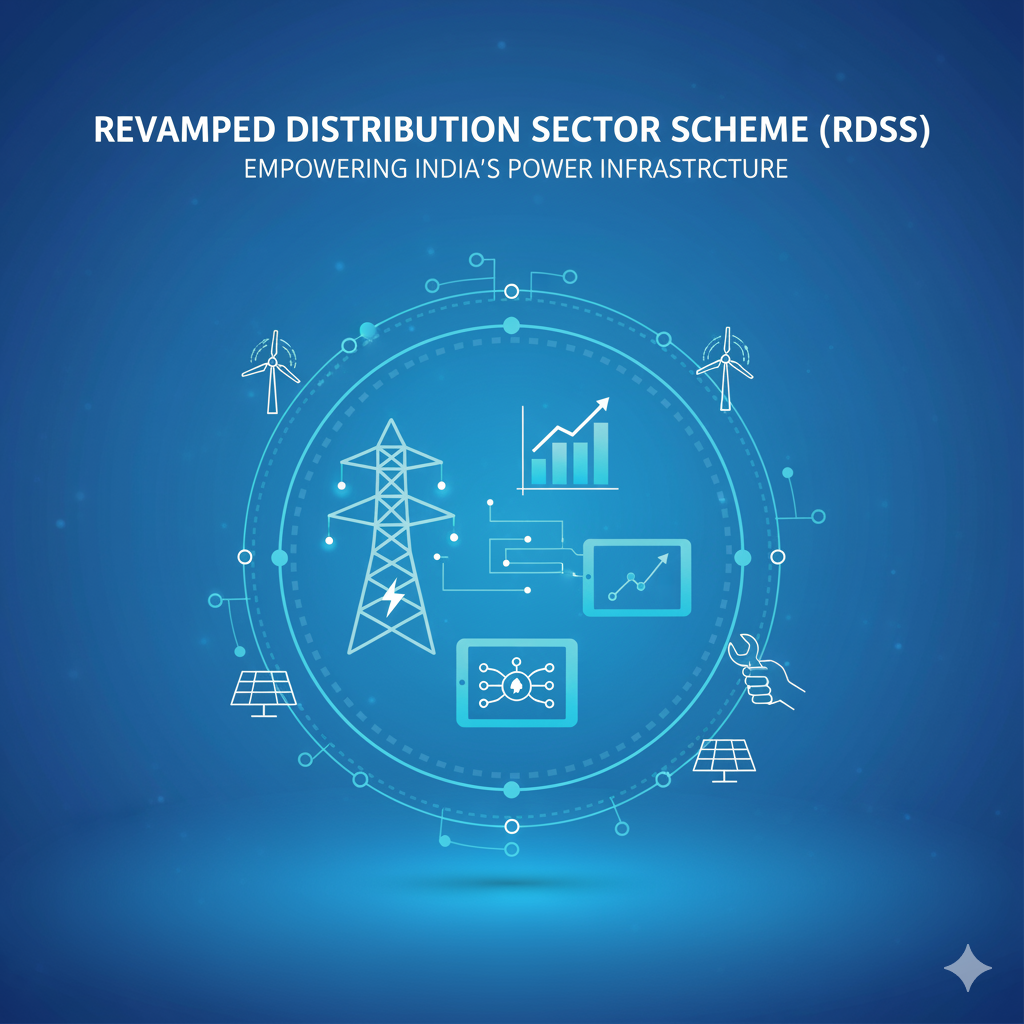Start Date Jan 1, 2024
Last Date Mar 31, 2026
Short Info
Revamped Distribution Sector Scheme (RDSS) – Loss Reduction Component (Centrally Sponsored Scheme – Government of India: 90%, Government of Manipur: 10%)
Detailed Info
The RDSS is a flagship scheme of the Ministry of Power, Government of India, launched with the primary objective of strengthening the distribution system of power utilities across the country. The Loss Reduction component of RDSS is being implemented by Manipur State Power Distribution Company Limited (MSPDCL) to address key infrastructure and operational inefficiencies in the state’s power distribution network.
2. Objectives of the Scheme:
The RDSS – Loss Reduction component aims to achieve the following specific objectives:
- Reduction of AT&C (Aggregate Technical and Commercial) Losses to the prescribed benchmark level of 12–15%, thereby improving financial viability of the utility.
- Modernization of the distribution infrastructure through smart technologies and robust infrastructure works.
- Deployment of Smart Meters at consumer, distribution transformer (DT), and feeder levels to enable accurate billing, demand-side management, and energy accounting.
- Strengthening of power infrastructure such as 11KV Feeder bifurcation/reconductoring and LT AB cabling to reduce technical losses and improve power reliability.
- Introduction of IT/OT systems including Utility Billing System (UBS), Enterprise Resource Planning (ERP), and Energy Accounting Module (EAM) to improve operational efficiency, transparency, and consumer satisfaction.
3. Target Beneficiaries:
- Electricity Consumers (Domestic, Commercial, Industrial):
Consumers across all 16 districts of Manipur will benefit from improved supply reliability, transparency in billing, and flexible prepaid metering options. - Distribution Utility Staff (MSPDCL):
Field engineers and technical staff will have access to real-time data, improved monitoring tools, and efficient resource planning capabilities. - Regulatory Bodies and Government Stakeholders:
Enhanced energy auditing and loss tracking will help state and central authorities in effective policy formulation and fund allocation.
4. Key Achievements/ Success Stories:
The implementation progress under different components is as follows:
A. Smart Metering Works (TOTEX Mode)
- Scope of Works:
- Installation of 1,54,400 Smart Prepaid Meters in Imphal areas.
- 11,451 Distribution Transformer (DT) Meters and 357 Feeder Meters to be installed across all 16 districts.
- Progress as of date:
- 7246 Smart Prepaid Meters installed (4.69% progress).
- 180 Feeder Meters installed (50.42% progress).
- DT Meters installation yet to commence.
B. Infrastructure Works (Turnkey Mode)
- Scope of Works:
- 11 kV Feeder Bifurcation – 397.20 ckm
- Re-conductoring of 11 kV lines – 640.16 ckm
- LT AB Cabling – 2250 km
- 11 kV Covered Conductor – 86 km
- IT/OT Systems – UBS, ERP, and EAM implementation.
- Progress as of date:
- 100% survey completed.
- Material supply: 60%; erection works: 20%.
5. Implementation Timeline/ Progress:
Component
Date of
Sanction
Implementation Timeline
Smart Metering 13.07.2022 & 26.11.2022 March, 2026
Infrastructure Works 13.07.2022 March, 2026
IT/OT Systems 13.07.2022 March, 2026
6. Impact or Benefits to Consumers:
a. Improved Transparency & Consumer Empowerment
- Smart meters provide real-time consumption data, improving consumer awareness and billing transparency.
- Prepaid billing system gives consumers flexibility to manage electricity usage as per affordability.
b. Better Service Reliability & Reduced Outages
- Upgradation of conductors and cabling will reduce technical faults and improve power quality.
- Feeder bifurcation ensures load balancing and more stable voltage profiles.
c. Operational Efficiency & Accountability
- UBS, ERP, and EAM modules will streamline billing, revenue management, and energy audits, leading to faster grievance redressal and reduced loss.
d. Long-Term Sustainability
- Enhanced infrastructure and digitization will reduce commercial losses, ensure sustainable utility operations, and lower subsidy burden on the state.


